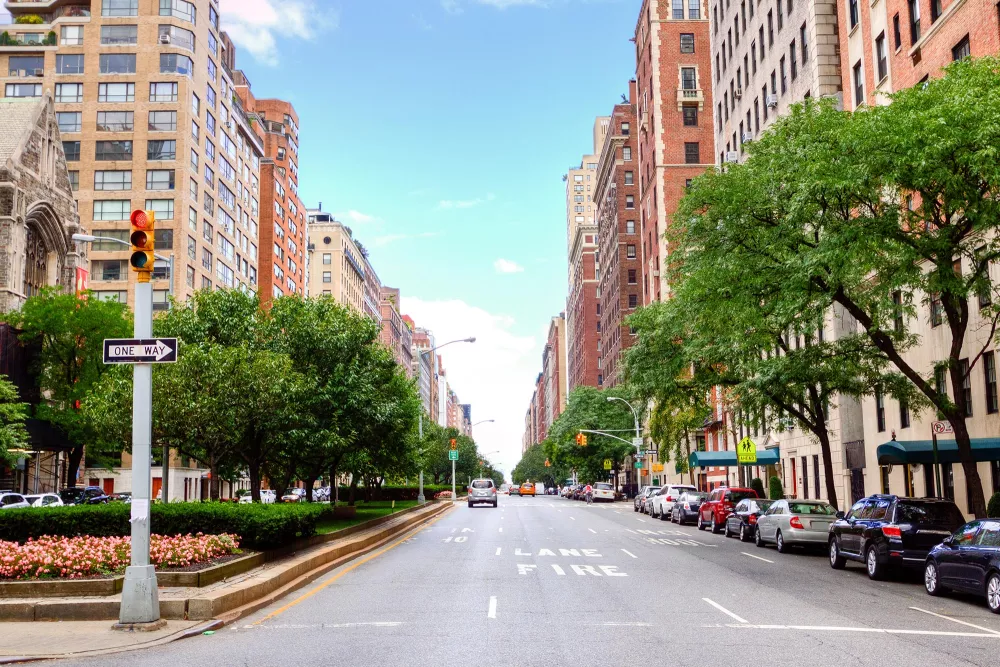Now live: The 2025 Canopy Report. Learn how Americans see trees. GET THE REPORT
Bulletin
Trees and Public Health
With nearly 80% of all Americans living in densely populated areas, the implications of trees benefiting public health are huge. This also helps underscore the necessity of planting and caring for trees.

It has been an exciting adventure watching the field of urban forestry emerge and mature through the years.
The term itself was not coined until 1965. It still sounded a bit strange to many ears in 1972 when the Arbor Day Foundation was created and in 1976 when the Tree City USA program was launched. Today urban forestry is widely accepted as an important part of communities of all sizes. Like any good idea, however, it continues to grow and change.
Among the changes are the underlying reasons why trees in our cities deserve attention. When the first issue of Tree City USA Bulletin published in 1987, the emphasis was on planting trees for their shade and beauty. These are good reasons and remain so today. But by the 1990s, research results coming from the U.S. Forest Service and others showed that community trees provide far more services. Moreover, it was found that their benefits can be quantified.
For example, we could point out to municipal officials that planting 1 million trees in the Sacramento area would save $10 million in annual energy costs. Or that the 979,000 trees in Minneapolis remove 384 tons of air pollutants each year. We learned that in Boise, Idaho, the city spends about $33 a year per tree in its rights of way but in return receives $43 per tree in energy savings, reduced stormwater runoff costs, increased property values, and improvements in air quality. Thanks to the i-Tree suite of tools, this wealth of information can be calculated for any community and can provide management guidance, including tips on the best species of trees to plant.
In this issue of the Tree City USA Bulletin, we introduce another giant step forward in why we should value trees and why their stewardship should be considered part of a city’s essential infrastructure. Trees are increasingly linked to public health. In the pages that follow, we provide some of the growing body of evidence that shows the importance of trees to both the physical and mental health of our citizens. We encourage you to add these benefits to the messages you communicate to residents and city officials in seeking support for trees and urban forestry in your community.
In This Bulletin
Here’s what’s inside:
- How Trees Benefit Public Health – different ways tree contribute to a healthier community
- Communities Recognize the Benefits – examples of the growing role trees are playing in public health
- How to Communicate Health Benefits – spreading the message of the importance of trees for our health
